


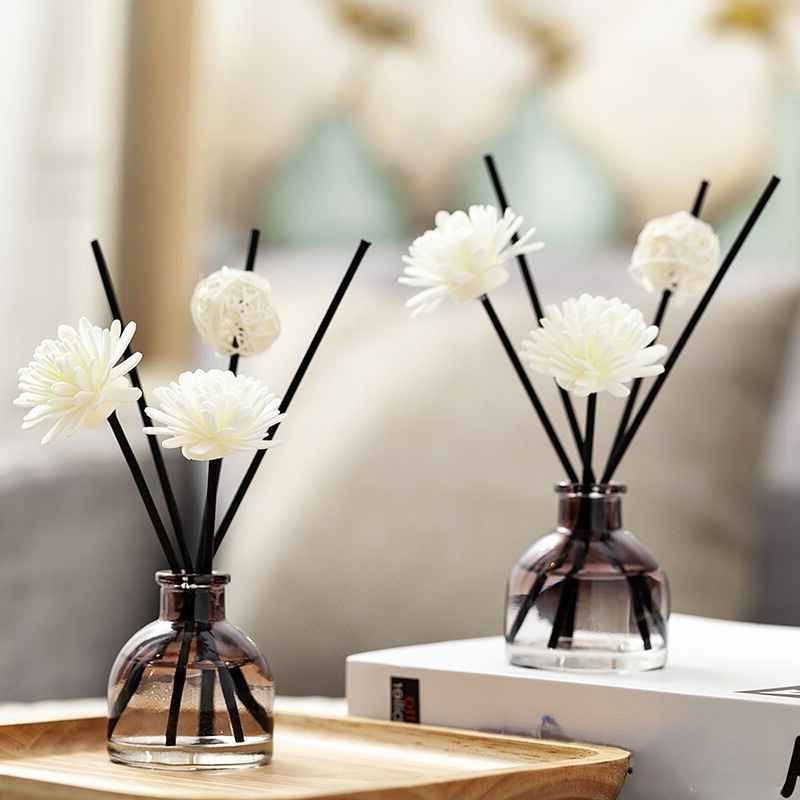
Short answer first: in air care, scent sells the experience. Fragrance oils carry that experience—cleaner malodor control, consistent batch-to-batch smell, and scalable cost-to-performance. If you run hotels, retail, cleaning brands, or candle lines, oils are the lever that moves repeat purchase and brand memory.
To keep this practical, I’ll use industry terms (sillage, VOC, malodor counteractant, GC–MS), real scenarios, and quick data. I’ll also drop links to relevant I’Scent pages so you can jump straight to solutions (samples, OEM/ODM, compliance docs).
Useful links (internal):
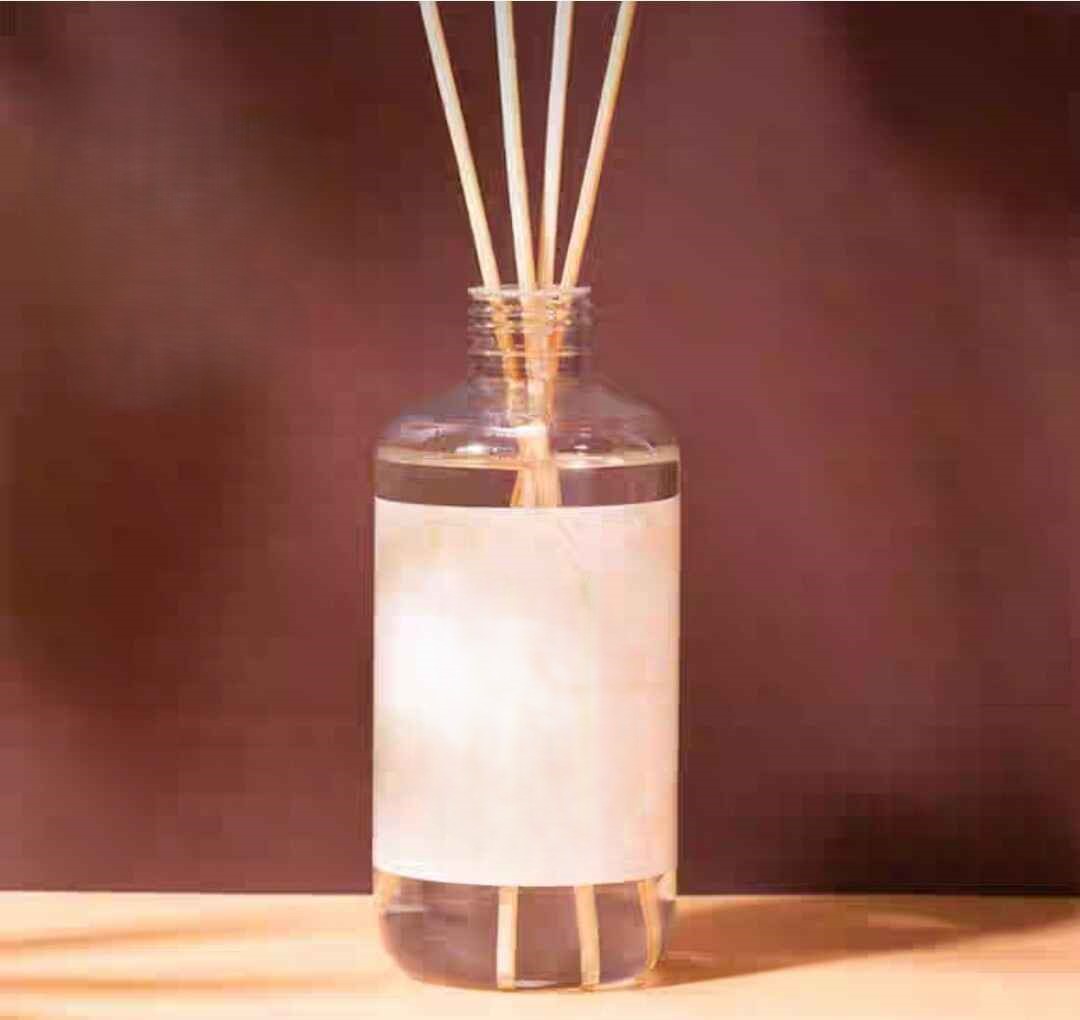
In the air freshener industry, consistency wins. Consumers expect the same note every time. Essential oils are beautiful and natural, but they can drift across harvests and origins. Fragrance oils (modern aroma blends) are engineered to hold olfactive profile, color, and stability under heat, light, and plastics. That means stronger cold/hot throw in candles and diffusers, tighter control in aerosols, gels, solids, and HVAC.
| Criteria | Fragrance Oils | Essential Oils |
|---|---|---|
| Batch-to-batch consistency | High (engineered, controlled ISO specs) | Medium (crop, season, origin) |
| Stability in formats (spray/gel/candle/HVAC) | Strong across formats; good plastic compatibility | Varies; some oxidize or discolor |
| Olfactive library | Very wide (including fantasy accords) | Narrower (botanical set) |
| Malodor control | Strong with specialized counteractants | Limited, mostly masking |
| Regulatory flexibility | IFRA-guided dose per product type | Natural, but still IFRA-limited by allergens |
| Cost-to-performance | Optimized by formula | Sensitive to harvest and yield |
| Scale-up risk | Lower; robust to supply swings | Higher; weather/region dependent |
If you manage hotel lobbies or multi-site retail, that repeatability is gold. You don’t want the scent to drift quarter to quarter. And yes, essential oils can be part of a blend; just don’t let them drive unpredictability.
Let’s talk real use-cases:
Want to plug into ready-to-run air care solutions? Explore:
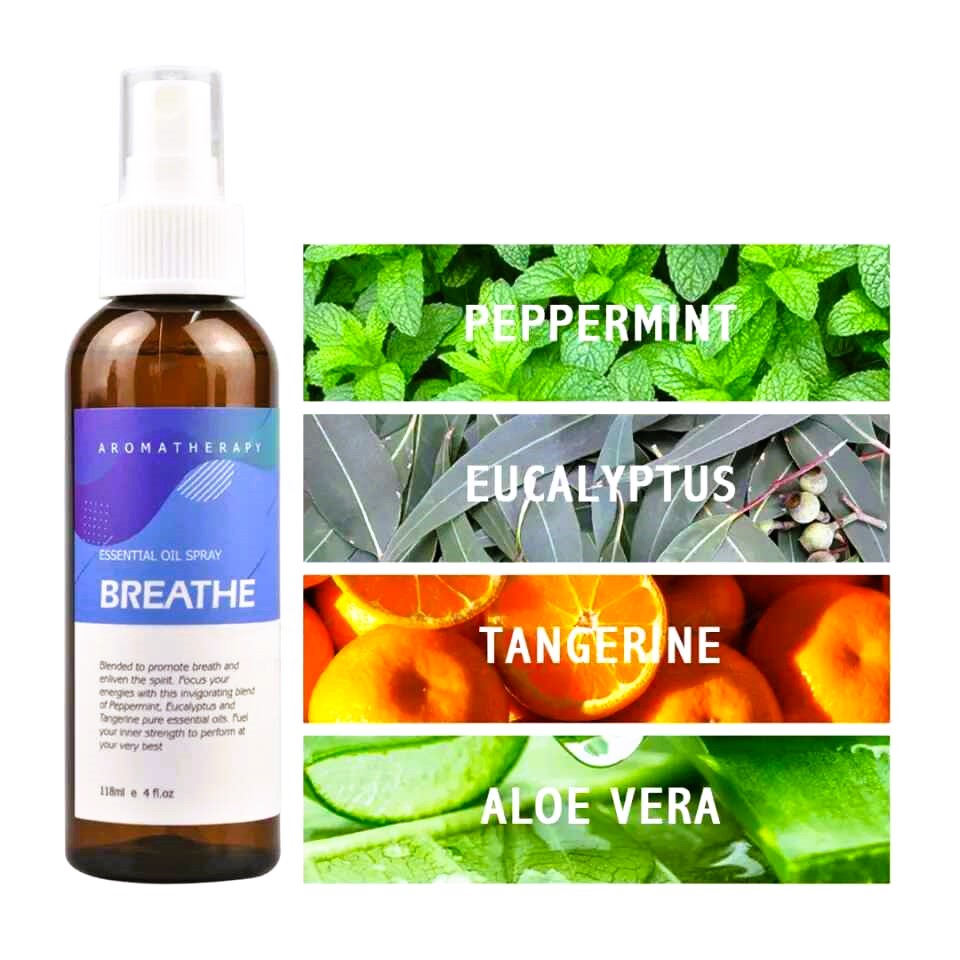
You don’t need a decade-long forecast to act. The home fragrance and air care segments have stayed on an upward line in recent years—driven by home time, wellness framing, and premiumization in hotels and retail spaces. The short of it: more formats, more SKUs, and heavier reliance on stable oils.
| Indicator | Direction | Why it matters for you |
|---|---|---|
| Home fragrance market size (2024→early 2030s) | Up and growing | More subcategories (plug-ins, room sprays, gels, candles, HVAC) need reliable oils |
| Scent-driven branding | Rising | Signature scents add recall; better NPS and repeat |
| Compliance scrutiny | Rising | IFRA/GMP/ISO/Halal readiness becomes a vendor filter |
| SKU proliferation | Rising | You need a large formula library and fast sampling |
| Global distribution | Broadening | Labels, IFRA categories, and allergen disclosures must be clean |
Bottom line: your supply partner should remove friction—not add it.
Air care is regulated by IFRA categories and dosage caps. Different formats, different limits. Aerosols aren’t reeds. Candles aren’t plug-ins. That’s where a compliance-first lab helps:
I’Scent builds on that stack so you can ship without second-guessing. If you pitch to hotels or chains, put the IFRA sheet and COA in your deck. It lowers procurement pushback and speeds vendor onboarding.
Learn more or start a spec:
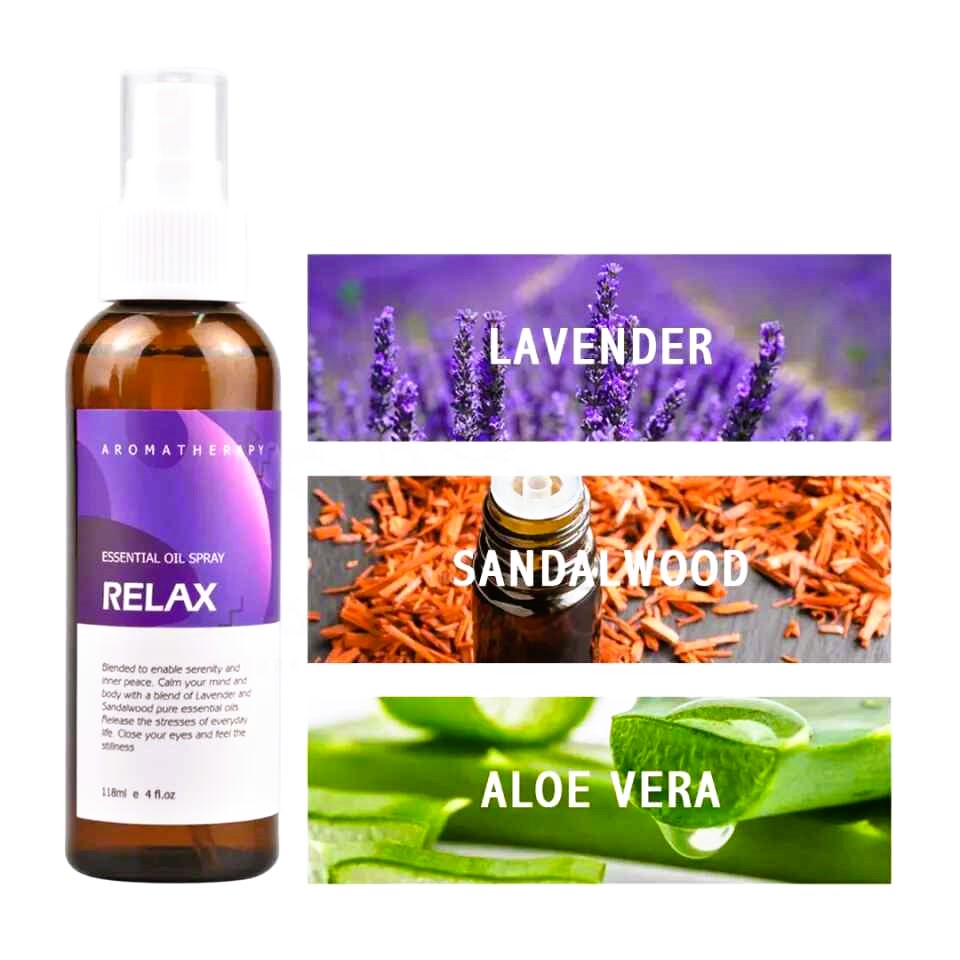
1) “The scent fades in week 2.”
Likely a volatility ladder problem. You need better mid/base fixation and a more stable solvent system. We rebuild the evaporation curve and test over 2–4 weeks on your exact device.
2) “Plastic housing gets cloudy or brittle.”
It’s a compatibility issue. Some solvents extract plasticizers. We switch to plastic-safe carriers, run immersion tests, and lock a spec.
3) “Great smell in lab, weak in the lobby.”
Different air change rate, different headspace. We adjust dosage, rebalance top-to-base, and tune for CFM in your HVAC.
4) “Regional batches don’t match.”
We set GC–MS fingerprints, stricter raw screening, and ERP lot trace. You’ll get batch-to-batch uniformity.
5) “Retail compliance asks for allergen cut-down.”
We re-engineer with low-allergen substitutes while keeping the hedonic profile. Small shifts in boosters can rescue the mood.
Smell is associative. Customers tag your space with a feeling, then recall it when choosing next time. Oils let you craft signature accords that are ownable (no generic lemon mist). Think clean linen with a warm musky base, or a light tea citrus with soft woods. Distinct, but not loud. Hotels and retailers do this because it moves return intent. Simple, but impactful.
If you want to explore signature scents:
Different carriers, same rule: oil quality determines the experience.
For candles and OEM turn-key:
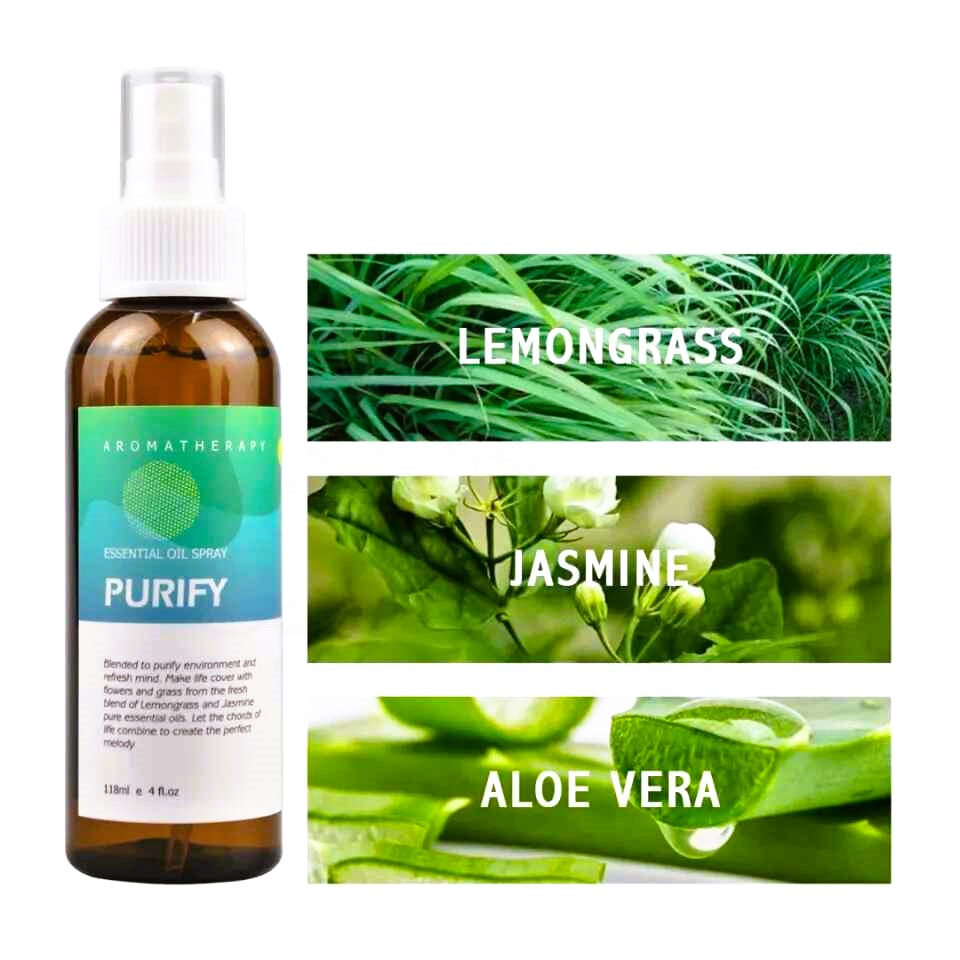
We’re a OEM/ODM fragrance oil & perfume raw materials manufacturer since 2005. Our offer is simple and fast:
If you’re scaling diffusers or air care lines, you can start here:
| Pillar | What changes | Typical KPI lift |
|---|---|---|
| Batch consistency | Fewer returns, unified smell across sites | Lower complaint rate; steadier NPS |
| Malodor control | Less odor rework in restrooms/garbage areas | Fewer call-backs; better facility score |
| Signature scent | Stronger brand recall | Higher revisit intent; longer dwell time |
| Compliance ready | Faster approvals with hotels/retailers | Reduced onboarding time |
| Lead time | Faster shelf or install | Shorter time-to-revenue |
(KPI lifts vary by channel and setup; use as direction, not exact math.)
Short version: follow IFRA, label allergens, and use the right dose. Also, respect sensitive groups and make ventilation part of ops in enclosed areas. We supply IFRA certs and SDS for every formula, and we’ll help you choose the right IFRA Category by format. If you need low-VOC lanes for certain jurisdictions, we’ll formulate to that guardrail. Simple and compliant.
You’ll get real samples quick, not months later. Sometimes we say “we can do faster”, and then we actually do faster. Yes, grammar here a bit off, but you get it.
We won’t drop exact costing here, but we aim lean lead times and reasonable MOQs so you can test market without overstock risk. Samples in 1–3 days. Mass in 3–7 days after sign-off. If you need a specific SKU ladder for retail (good/better/best), we’ll tier the accords and IFRA load to fit margin and performance.
Link a few of them to product pages where it makes sense:
Air fresheners live or die on repeat use. Fragrance oils make that repeat happen: stable throw, cleaner malodor control, clear compliance. With 40,000+ formulas, 20+ senior perfumers, 98% match accuracy, and IFRA/ISO/GMP/Halal certifications, I’Scent turns your scent brief into real inventory—fast, consistent, and ready for multi-market sale. You get fewer headaches, better feedback, and a signature your customers remember.
When you’re ready, start with a quick brief here:
Let’s make your spaces smell right, and sell better. Even small tweaks can move the needle, really.